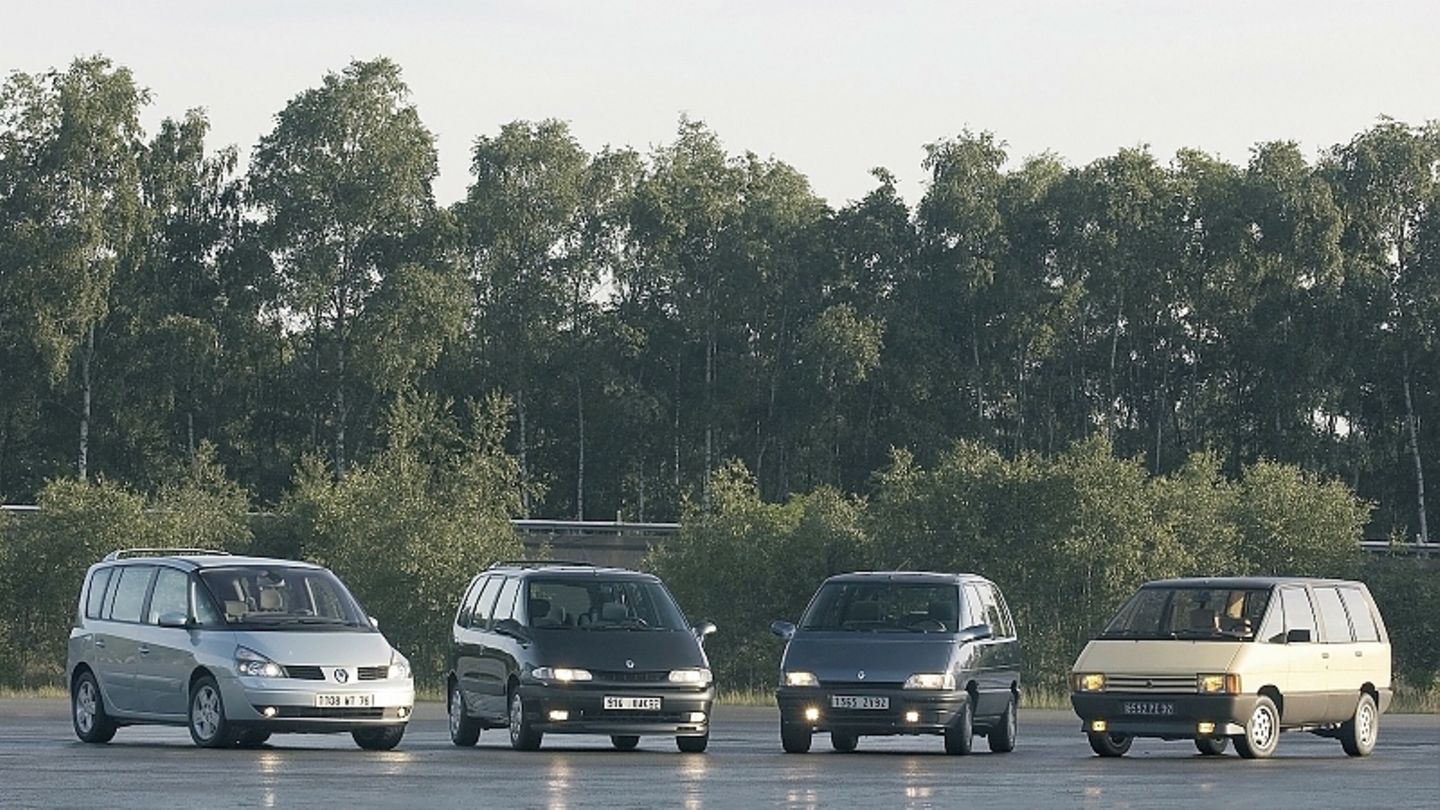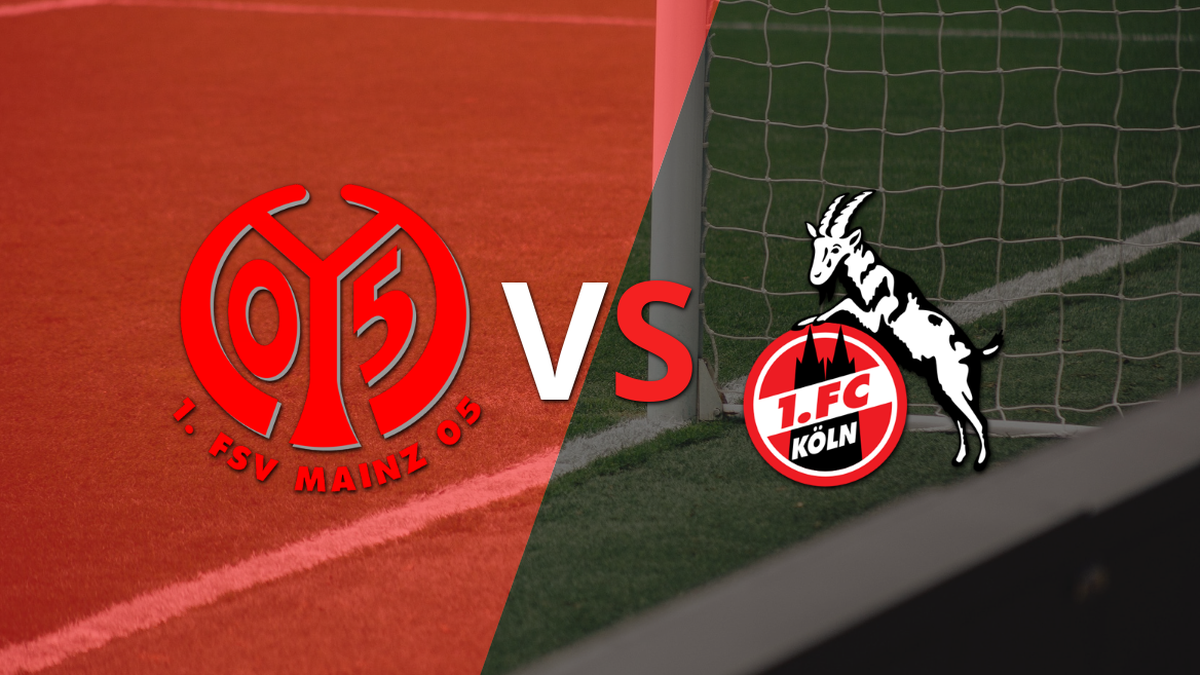In the age of electric cars and ubiquitous crossovers, some will have forgotten that there was once a gigantic van trend. This was heralded in Europe in the mid-1980s with the Renault Espace. The sixth generation is coming soon, but one show was number one.
When it comes to the best or most impressive vehicles from Europe – only a few will come up with a French car manufacturer and the name Renault is rarely mentioned. However, the situation is very different when it comes to the most innovative vehicles, because not only the brands from France, but especially Renault are one of the big drivers of past decades. But it’s not just about models like the R4 / R5, the grandiose Twingo or a spectacular Avantime. The Renault Espace, which brought the American van idea of the Chrysler Voyager to Europe and founded more than one segment on this side of the Atlantic, has been a driving legend for four decades now. Philippe Guedon, then technical manager of the car manufacturer and technology group Matra, noticed during his visits to the US that, in addition to large sedans and SUVs, family vans dominated the streets there. Back home at the end of the 1970s, the first finished Matra prototype of a compact van tailored for Europe was in the Matra design studio. However, the P16, which was a good four meters long, was not yet fully developed. After the unconvincing P17, the prototype P18 finally manages to open the door to a first viewing appointment with the then Renault boss Bernard Hanon in 1982. “You come to this car by yourself if you put all automotive vanities aside,” is his comment on the model that has been released for series development with immediate effect under the official project code P23. Designers Jacques Nocher and Gerard Ascensio fine-tuned the future production vehicle so that the first customers would not immediately say goodbye when they saw the rolling shoe box. The first test drives take place in March 1983. The technical highlight inside the 4.25 meter long and 1.78 meter wide French car are the removable seats designed by product manager Jacques Cheinisse.
With a proud chest and full of expectation, the Renault employees celebrate the market launch of the Espace in March 1984, which translated into German means “space”. “The ‘Espace’ model name is very well known in France and around the world. It’s now almost a generic term,” says Sylvia dos Santos, who is responsible for product designations at Renault. The French advertising slogan “Renault Espace, la route de l’innovation” refers to the model’s unique one-box design – similar to that of the first French high-speed train, the TGV, which entered service a few years earlier. Not only the design and the variable interior are innovative, but especially the construction. The steel body structure of the Espace is galvanized and finally covered with plastic parts. This reduced the weight of the front-wheel drive, keeping it under 1.3 tons.
The first nine orders were received and at the end of the first month of sales, one big word must have been written on almost every Renault employee and Renault dealer’s face: merde. Because it stayed with the nine orders. Despite the fact that a year earlier the Chrysler Voyager caused the first family-friendly and spacious design shock, the French have to get used to the fact that something like this is now coming from their home country. In the first year of production, a narrow 5,923 copies roll off the assembly line. The flat floor, the five to seven separately mountable seats, the front seats that can be rotated in the direction of the passenger compartment and the folding tables integrated into the backrest in the manner of an aircraft are only gradually convincing.
The first model revision takes place in 1988. As a result, the angular design has been toned down a bit, i.e. rounded off, and the entire vehicle has been lengthened by almost ten centimetres. In addition, the Espace is now also available as a Quadra all-wheel drive version. Renault uses plastic panels to prevent parking damage, which is still a daily occurrence, particularly in the capital Paris. Three years and a total of 191,647 units produced later, the successor came in 1991. The window areas are larger, the front seats are now foldable and suitable for sleeping and forward visibility has been improved thanks to the 40 percent narrower A-pillar. In addition, the design looks even rounder and therefore more modern. Away from series production, a one-off Espace draws attention to itself: the Espace F1. The fastest space sedan in the world is powered by an 810 hp Formula 1 engine. The Frenchman shoots up to 200 km/h in 6.3 seconds. Even more impressive than the acceleration, however, is the noise, which is measured at 160 decibels and is therefore louder than a jet plane.
In July 1996, the 500,000th Espace left the Tatra factory in Romorantin. A total of 317,225 units of the second generation, which was produced until 1997, were built. The third generation – introduced in 1996 – will be the next big hit. Here there is not only a completely new level of comfort, but also a splitting of the van into two body variants, the Espace and the Grand Espace, which is 27 centimeters longer. The latter offers a luggage compartment volume of up to 3,050 liters – at least 190 liters more than in the basic version. Even greater, at least in proportion, the difference in cargo volume is noticeable when five seats remain installed. Because then the Grand Espace with 456 liters provides 165 liters more storage space.
The fourth generation will hit the car market in autumn 2002. Their special feature this time is not in the design or the space available, but in the range of engines. The fourth generation Espace is the first van to offer two V6 engines, a 177 hp 3.0 liter turbo diesel and a 241 hp 3.5 liter petrol engine. The latter comes from the new alliance partner Nissan, which in turn powers its 350 Z sports car with it. In addition, the fourth generation is no longer manufactured by Matra, but in the Renault plant in Sandouville. To ensure that the Matra production halls do not stand empty, the Renault Avantime will be produced there immediately. In the spring of 2003, however, that too came to an end.
In the years 2006, 2010 and 2012 it was given facelifts that should make it easy to overlook the fact that a generational change should have happened long ago. According to Renault design boss Laurens van den Acker, “the Espace has no future as a classic MPV. That’s why we let ourselves be inspired by the world of off-road vehicles and made a crossover model out of the Espace.” The fifth Espace generation, available from 2015, was even more refined; but lost its unique character. Philippe Guedon: “People didn’t love the Espace because it was beautiful. It’s so simple!” Everything is now waiting for the sixth generation, which is due to be launched this summer. The innovative van of the past has now become a completely normal SUV – significantly smaller and lighter than the Renault Espace V.
Source: Stern
I’m a recent graduate of the University of Missouri with a degree in journalism. I started working as a news reporter for 24 Hours World about two years ago, and I’ve been writing articles ever since. My main focus is automotive news, but I’ve also written about politics, lifestyle, and entertainment.




